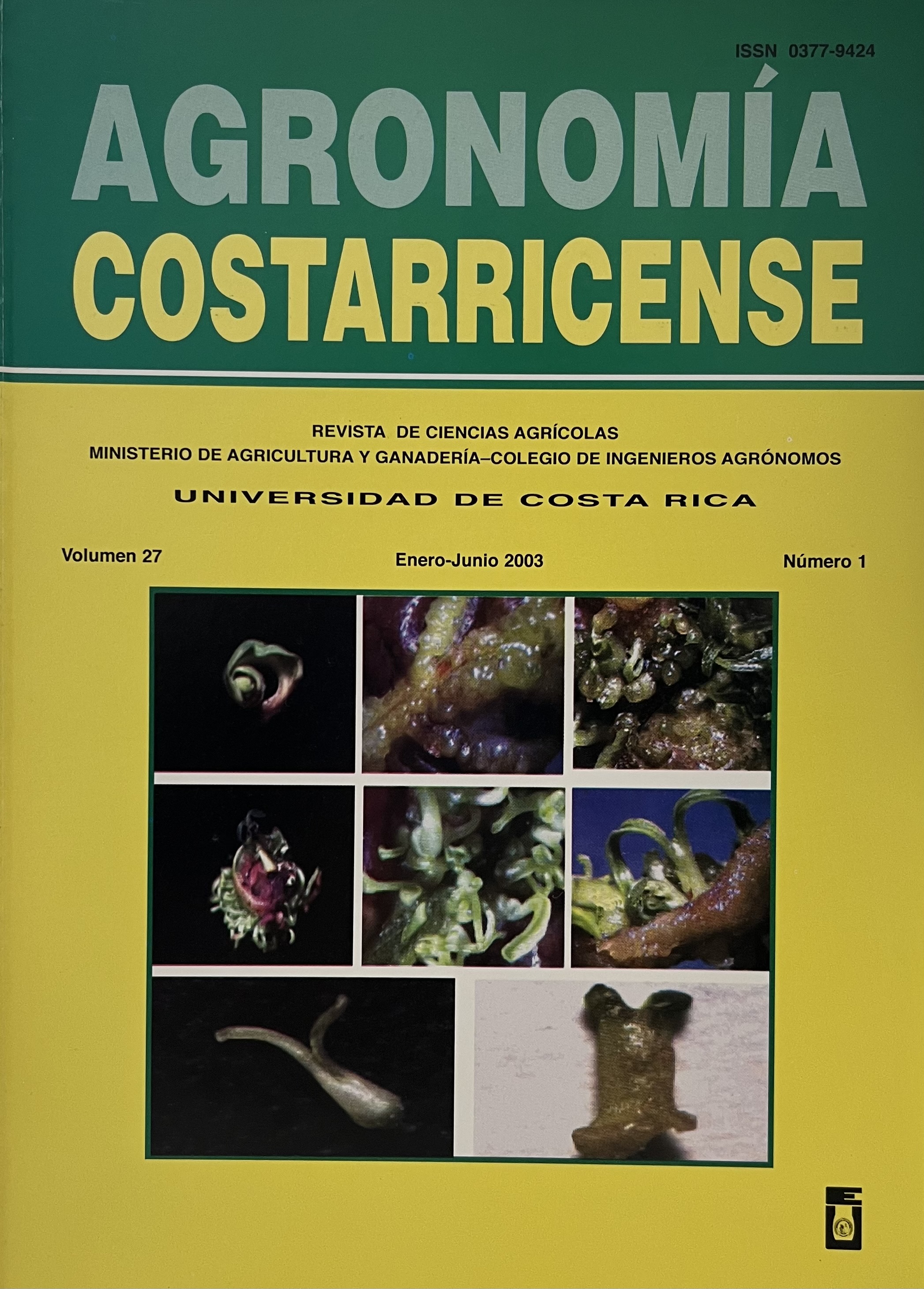Abstract
To optimize the genetic transformation efficiency using Agrobacterium rhizogenes, carrot sections inoculated with the Agrobacterium strain A4TC were co-cultivated with acetosyringone, phloroglucinol, and a mix of both. Acetosyringone is one of the phenolic compounds produced by plant tissues in response to wounding, which induces the transfer of T-DNA from the agrobacteria to the plant. Phloroglucinol is also a phenolic compound; however, it has a synergistic action with auxins by partially inhibiting cytokinin activity. The highest transformation efficiency (75%) was obtained with acetosyringone (100 mM) in combination with phloroglucinol (25 mg l-1). In general, a 6-day co-cultivation, independently of treatments, induced the best transformation rate. Inclusion of 100 mg l-1 kanamicin efficiently discriminated transformed roots from non-transgenic ones. This paper also presents a novel bacterial elimination method, by which Agrobacterium can be completely eliminated in 48 h with Cefotaxime at a dosage of 500 ml l-1.
Comments

This work is licensed under a Creative Commons Attribution-NonCommercial-NoDerivatives 4.0 International License.
Copyright (c) 2024 Agronomía Costarricense


